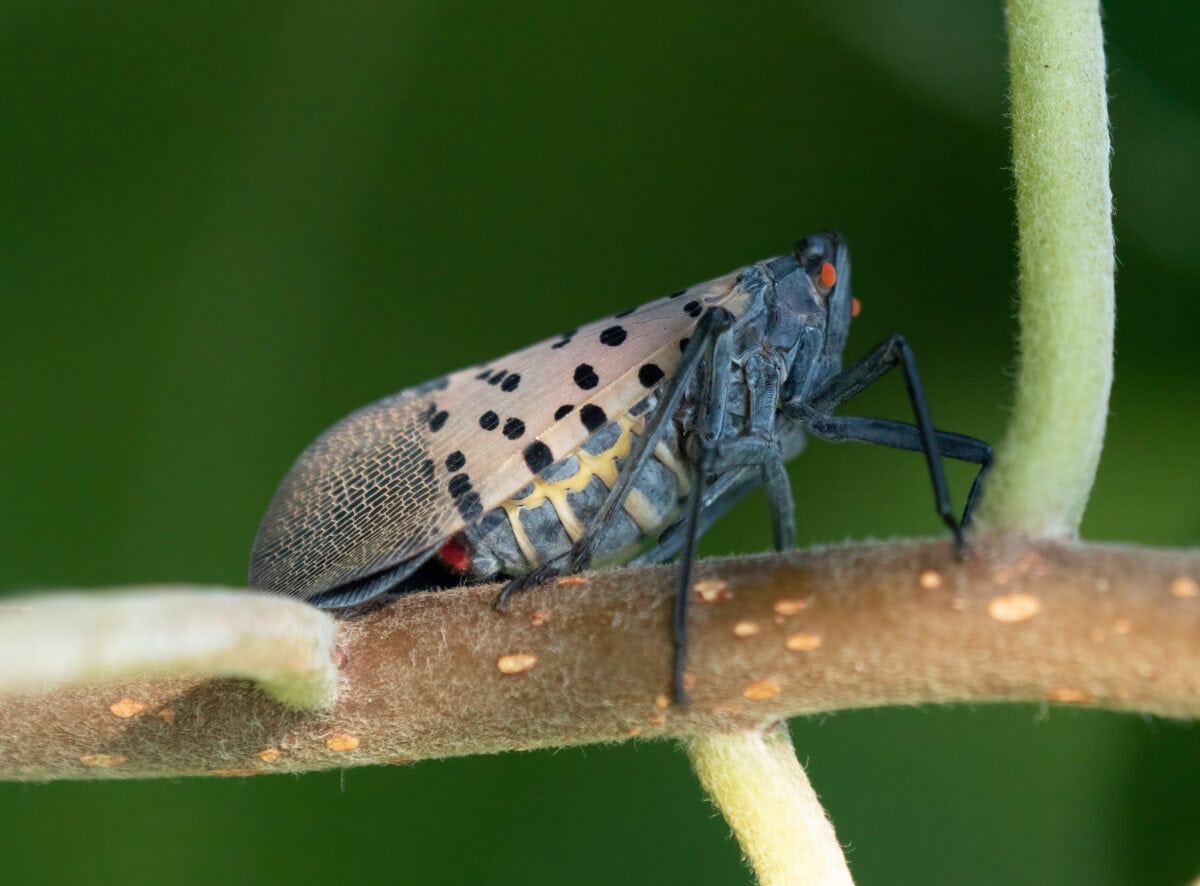The United States has been battling invasive species for centuries, from the European starling to the Asian carp, with each introduction bringing cascading ecological and economic consequences. But what would happen if the U.S. faced another major invasive species boom—a sudden explosion of non-native organisms across multiple regions? The potential impacts could reshape ecosystems, devastate agriculture, drain economic resources, and permanently alter American landscapes. As climate change accelerates and global trade expands, experts warn that we may be on the precipice of just such a scenario. This article explores what might unfold if another wave of invasive species were to sweep across America, examining the ecological, economic, and social consequences—and what might be done to prevent it.
The Anatomy of an Invasive Species Boom
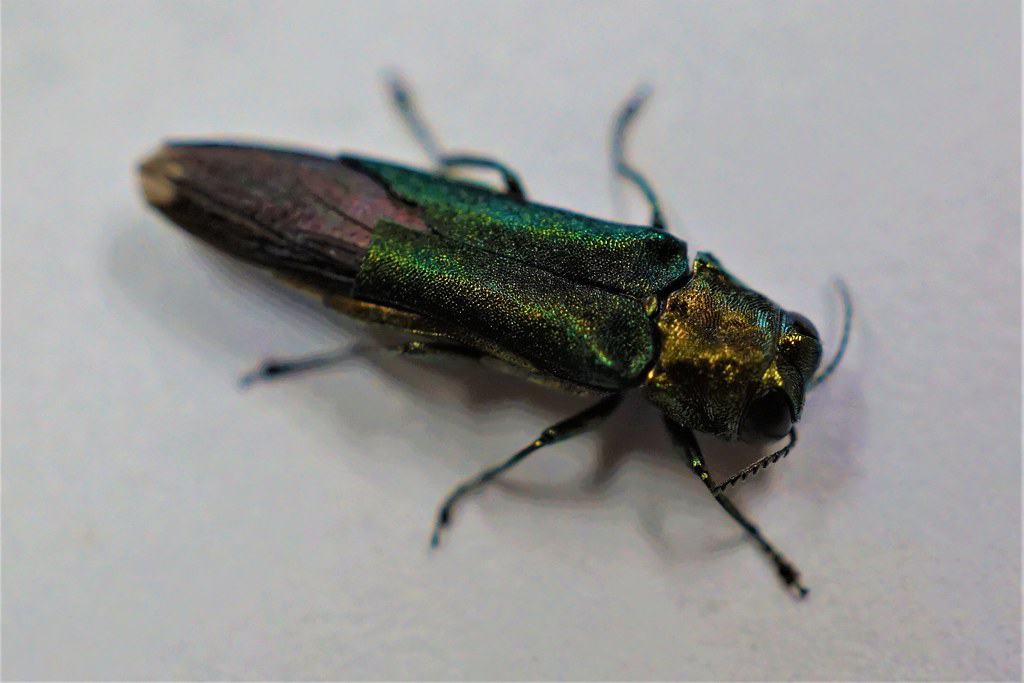
An invasive species boom isn’t simply the arrival of a few non-native organisms—it’s a perfect storm of ecological conditions. Such events typically occur when multiple invasive species gain footholds simultaneously across different regions, overwhelming management efforts and natural resistance. Historical booms have often followed changes in trade patterns, climate shifts, or breakdowns in biosecurity measures. For a boom to occur, introduced species must not only survive but thrive exponentially, outcompeting native species for resources. The current conditions in the U.S.—warming temperatures, increased global shipping, and fragmented ecosystems—create an environment particularly susceptible to such an event. Recent research from the Proceedings of the National Academy of Sciences suggests that invasive species introductions are occurring at unprecedented rates globally, with establishment success increasing by approximately 37% over the past two decades, indicating the conditions for another boom may already be developing.
Ecological Collapse: The Domino Effect

The most immediate and profound impact of an invasive species boom would be ecological disruption on a massive scale. Invasive species can radically alter food webs, outcompete native species for resources, and transform entire habitats. Consider the emerald ash borer, which has already killed hundreds of millions of ash trees across 35 states. If multiple forest pests were to establish simultaneously, America could see catastrophic forest die-offs affecting thousands of square miles. Similarly, aquatic invasions like the zebra and quagga mussels have fundamentally altered Great Lakes ecosystems by filtering out nutrients that native species depend on. A boom would accelerate these processes, potentially creating novel ecosystems where food webs collapse and ecological functions falter. The most alarming aspect is the potential for multiple invasions to interact synergistically, creating unpredictable consequences that could permanently transform America’s natural heritage. Research from the University of California indicates that ecosystems experiencing multiple simultaneous invasions show 50-70% greater biodiversity loss than would be predicted from individual invasions alone.
Agricultural Devastation and Food Security Concerns

American agriculture would face extraordinary challenges during an invasive species boom. Already, invasive species cost U.S. agriculture approximately $40 billion annually, according to USDA estimates. A new wave of invasives could dramatically increase these costs through crop destruction, livestock threats, and soil degradation. The spotted lanternfly, which invaded Pennsylvania in 2014, threatens grape, apple, and hardwood industries worth billions. If multiple agricultural pests were to establish simultaneously across different regions, food production could be severely compromised. Regulatory responses might include quarantines that disrupt food distribution networks, while control costs would drive up food prices nationwide. Climate modeling suggests that warming temperatures could expand the range of tropical agricultural pests into temperate growing regions, potentially exposing major breadbasket regions to unfamiliar threats. The cascading effects could include food shortages, price instability, and increased dependence on imports, raising serious national security concerns about America’s food independence.
Water Systems Under Siege

America’s waterways would be particularly vulnerable during an invasive species boom. Aquatic invasives like Asian carp, hydrilla, and water hyacinth can fundamentally alter water chemistry, clog waterways, and devastate fish populations. The economic impact on water infrastructure alone is staggering—invasive zebra and quagga mussels already cost water utilities, hydroelectric facilities, and industrial users more than $1 billion annually by clogging pipes and water intake structures. A boom scenario could see multiple aquatic invasives spreading through interconnected waterways, potentially rendering water treatment facilities inoperable, blocking irrigation systems, and damaging hydroelectric production. Beyond infrastructure damage, water quality would deteriorate as invasive algae and plants trigger harmful algal blooms, depleting oxygen and potentially releasing toxins into drinking water supplies. The Great Lakes, which contain 21% of the world’s surface freshwater, would be particularly vulnerable, with modeling from the National Oceanic and Atmospheric Administration suggesting that a multi-species invasion could permanently alter water chemistry and clarity within a decade.
Economic Meltdown: The True Cost of Invasion
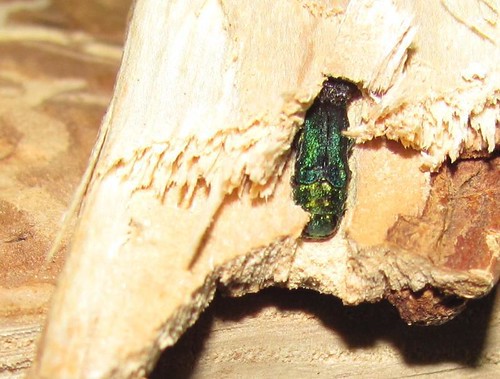
The economic impact of an invasive species boom would ripple far beyond direct damages. Current estimates place invasive species costs to the U.S. economy at over $120 billion annually, but this figure would likely multiply during a boom. Tourism would suffer in regions where invasive species render outdoor recreation areas unusable—imagine beaches covered in invasive algae or forests defoliated by invasive insects. Property values would plummet in heavily affected areas; homes in regions affected by emerald ash borer have already seen decreases of 5-15% in value according to studies from the University of California. Industries dependent on ecosystem services, from fishing to forestry, could face collapse. The cost of control measures would strain federal, state, and local budgets, potentially diverting funds from education, infrastructure, and healthcare. Insurance markets might even develop exclusions for invasive-related damages, leaving homeowners and businesses vulnerable. Perhaps most concerning would be the long-term economic impacts—once established, many invasive species become permanent fixtures requiring perpetual management costs that drain resources for generations.
Public Health Crisis: When Invasives Affect Human Wellbeing

An often overlooked dimension of invasive species impact is public health, which could face serious challenges during a boom. Several invasive species directly threaten human health: the Asian tiger mosquito, now established in 40 states, can transmit dengue fever, Zika virus, and other serious diseases. A boom scenario could see multiple disease vectors establishing simultaneously, overwhelming public health response systems. Even invasives with no direct health effects can trigger indirect health impacts; for example, the ragweed leaf beetle, introduced to control invasive ragweed, unexpectedly facilitated ragweed growth in some areas, increasing pollen counts and exacerbating asthma and allergies. Water-based invasives can encourage harmful algal blooms that produce toxins dangerous to humans. The psychological toll should not be underestimated either—communities facing severe invasive impacts often report increased anxiety, depression, and sense of loss as familiar landscapes transform. Research from the CDC indicates that invasive species-related health costs currently exceed $6 billion annually in the U.S., a figure that could multiply during a boom scenario.
Management Overwhelmed: When Control Systems Fail

America’s invasive species management infrastructure—already stretched thin—would likely collapse under the pressure of a multi-regional boom. Early detection and rapid response systems are designed to catch isolated invasions before they spread, not to handle dozens of simultaneous outbreaks across different regions. Federal agencies like the USDA, Department of Interior, and EPA would face impossible prioritization decisions as limited resources would need to be diverted to the most critical threats. State and local agencies would be quickly overwhelmed, while private landowners would struggle with mounting control costs. The backlog of necessary treatments would grow exponentially, allowing established invasives to spread further while new arrivals gain footholds. This management breakdown would create a feedback loop where each unaddressed invasion makes subsequent control efforts more difficult. The situation could be compounded by “invasion fatigue,” where public and political will to fund control efforts diminishes as the problem seems increasingly insurmountable. Research from the National Invasive Species Council suggests that for every year of delayed response to an invasion, control costs increase by approximately 40%, meaning that management failures during a boom would have compounding financial impacts for decades.
Legal and Regulatory Chaos
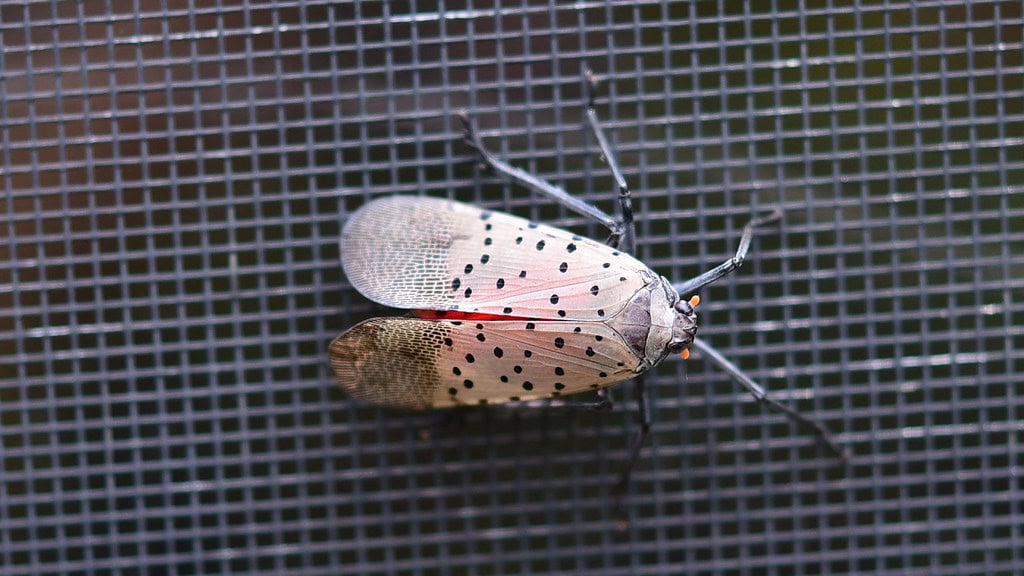
A nationwide invasive species boom would create unprecedented legal and regulatory challenges. Emergency quarantine measures would restrict the movement of goods and people between affected and unaffected regions, creating potential constitutional questions about interstate commerce and travel rights. Liability issues would emerge as invasive species spread from property to property—who bears responsibility when one landowner’s unmanaged invasives spread to neighboring land? Regulatory agencies would struggle to update rules fast enough to address novel threats, creating a patchwork of emergency measures that might conflict across jurisdictional boundaries. International trade disputes would likely erupt as trading partners impose restrictions on American goods potentially harboring invasives. Water rights would become increasingly contentious as invasive aquatic species affect water quality and availability in shared watersheds. The legal system would be flooded with cases seeking damages for invasive-related losses, potentially overwhelming courts. Congress might need to establish special relief funds similar to those used after natural disasters, raising questions about eligibility criteria and compensation formulas that could take years to resolve.
Cultural and Social Disruption

The cultural and social impacts of an invasive species boom would profoundly affect American communities. Indigenous peoples, whose cultural practices and traditional knowledge are deeply intertwined with native ecosystems, would face particular challenges as culturally significant species disappear or become inaccessible. Rural communities dependent on outdoor recreation, tourism, fishing, or forestry could face economic collapse and subsequent population decline as traditional livelihoods become untenable. The cultural identity of regions closely tied to particular landscapes or ecosystems—think Maine lobstering communities or Pacific Northwest salmon cultures—could face existential threats if those defining species were displaced by invasives. Social tensions might rise as the costs and impacts of invasions distribute unevenly across society, with vulnerable and minority communities often bearing disproportionate burdens. The psychological concept of “solastalgia”—distress caused by environmental change in one’s home environment—would likely become more prevalent. Anthropological research from communities already experiencing severe invasive impacts, such as those affected by emerald ash borer or sudden oak death, shows measurable increases in community stress, reduced social cohesion, and changes in cultural practices that had persisted for generations.
Climate Change: The Invasion Accelerator

Climate change would likely both trigger and exacerbate an invasive species boom. Rising temperatures, shifting precipitation patterns, and increased extreme weather events create conditions where native species struggle while adaptable invasives thrive. Climate change acts as both a stress multiplier for ecosystems and an accelerant for invasion by creating vacant niches when native species cannot adapt quickly enough to new conditions. Longer growing seasons benefit many invasive plants, while warmer winters allow invasive insects to survive in previously inhospitable regions. Models from the National Climate Assessment suggest that by 2050, suitable habitat for many invasive species could expand by 20-70% in the continental United States. The interaction between climate stress and invasive pressure creates a particularly dangerous synergy—ecosystems struggling to adapt to new climate conditions have fewer resources to resist invasion. Furthermore, extreme weather events like hurricanes and floods can physically transport invasive species into new areas, as occurred when Hurricane Andrew spread numerous exotic plants across Florida. Climate adaptation strategies must therefore incorporate invasive species management, or risk having adaptation efforts undermined by biological invasions.
Prevention: The First and Last Line of Defense
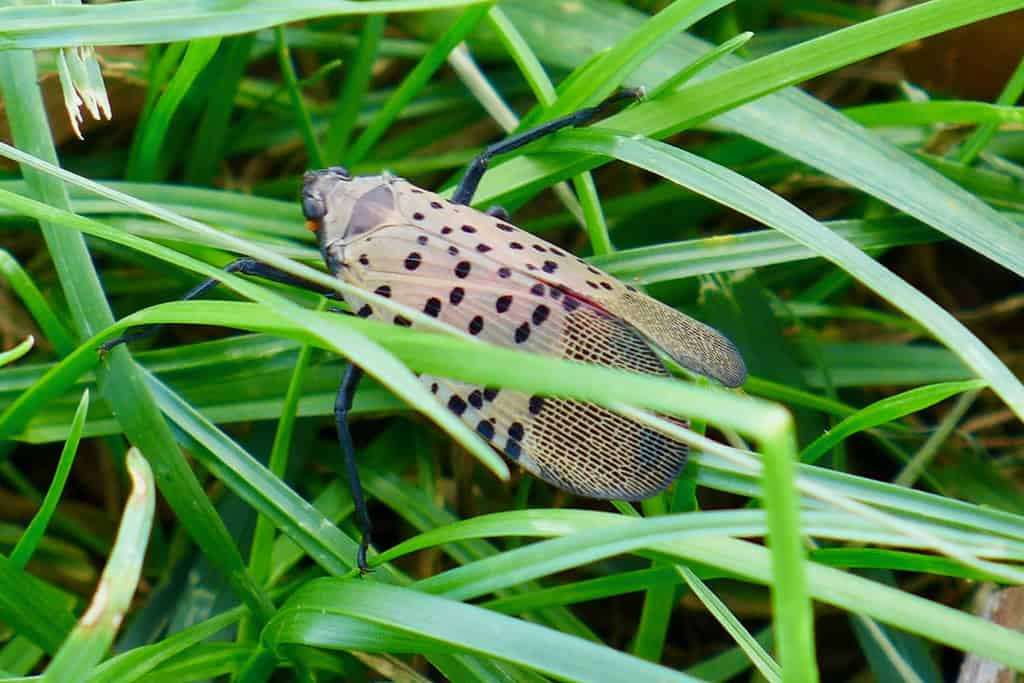
Preventing an invasive species boom requires a fundamental shift from reactive to proactive approaches. Currently, the U.S. spends far more on managing established invasives than on preventing new arrivals—a strategy experts compare to mopping a floor while leaving the faucet running. Effective prevention would require significantly strengthened biosecurity measures at ports of entry, including advanced technologies like environmental DNA detection, artificial intelligence-powered inspection systems, and comprehensive risk assessment protocols for all imported goods and materials. The legal framework governing species importation needs modernization—currently, species can be imported unless specifically prohibited, whereas a “clean list” approach would only allow imports specifically proven safe. Public awareness campaigns must emphasize that individual actions, from proper disposal of aquarium contents to careful selection of garden plants, play crucial roles in prevention. International cooperation is essential, as invasive species respect no borders; coordination on early detection networks, shared watch lists, and rapid response protocols could help contain emerging threats before they become unmanageable. Research indicates that each dollar invested in invasive species prevention saves between $17 and $34 in future damages and control costs—making prevention not just ecologically sound but economically essential.
Technological Solutions and Innovative Approaches
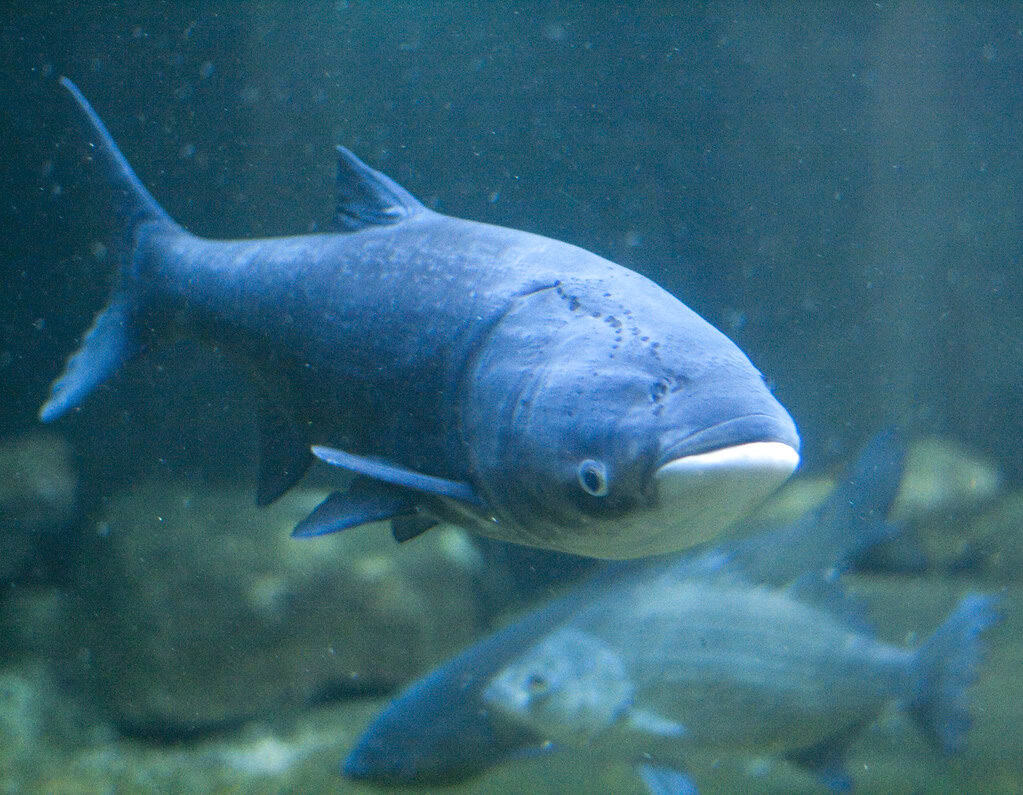
Technological innovations could provide critical tools for managing an invasive species boom. Genetic techniques like gene drive technology could potentially control invasive populations by spreading genes that reduce fertility or survival, though these approaches raise significant ethical and ecological questions requiring careful assessment. Environmental DNA (eDNA) sampling allows detection of invasive species from water or soil samples before populations become visible, enabling much earlier interventions. Satellite and drone monitoring can track landscape-level changes, helping to identify new invasions far more quickly than ground surveys. Artificial intelligence and machine learning are revolutionizing species identification, allowing automated monitoring systems to sort through thousands of images to identify potential invasives. Biocontrol—using natural enemies to manage invasive populations—continues to advance with more sophisticated pre-release testing to ensure safety. Novel physical barriers like acoustic deterrents for aquatic invasives or specialized fencing for terrestrial species can help protect high-value areas. While no silver bullet exists, the integration of these technologies into a comprehensive management framework could substantially improve response capabilities. Research funding for invasive species technology has increased by 60% over the past decade, reflecting growing recognition of the need for innovation in this field.
Conclusion: Preparing for an Uncertain Future
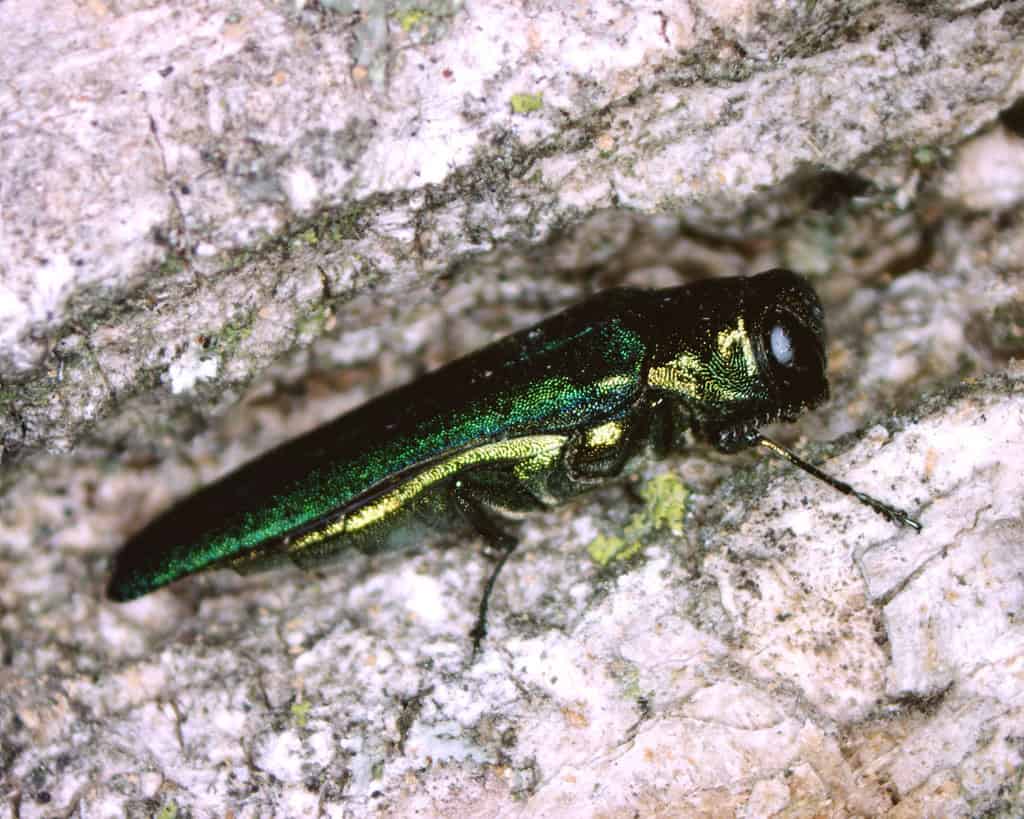
The prospect of another invasive species boom hitting the United States represents one of the most significant ecological and economic threats facing the nation in the coming decades. The cascading impacts would transform ecosystems, cripple industries, strain public resources, and alter the American landscape in profound and potentially permanent ways. Yet this future is not inevitable. With strengthened prevention systems, coordinated early detection networks, adequate funding for rapid response, and continued technological innovation, the worst impacts could be mitigated or avoided entirely. The challenge requires not just scientific advancement but also political will, public engagement, and a fundamental shift in how we value native ecosystems and the services they provide. As we face an uncertain future shaped by climate change, global trade, and ecological disruption, our response to the invasive species threat will serve as a critical test of our capacity to protect America’s natural heritage for future generations. The time to strengthen our defenses is now—before the next boom arrives.
- The Way Dogs Can Tell When You’re Sad - August 24, 2025
- Should We Reintroduce Wolves to More U.S. States? - August 24, 2025
- The Ultimate Guide to Spotting Owls in the Wild - August 24, 2025

